Online shopping provides a quick and convenient way to purchase products, and this is especially true for the...
Diabetic Insulin Syringes
Insulin syringes are a trusted solution for precise insulin delivery. Designed for single use, these syringes feature clear, easy-to-read markings to ensure accurate dosing, which is crucial for effective diabetes management. Available in a range of barrel sizes and needle lengths, they provide flexibility to meet individual dosing requirements and comfort preferences.
Many insulin syringes include ultra-fine needles (view and click here to bu
How to Choose an Injection Device
Various factors determine the type of device that is best for you. You will need to think about how much insulin you require, and how often you will need to get it. You will want one that is easy for you to operate. How well you can see to administer your dosage will come into play. Cost, along with how much of that cost, if any, your insurance covers is a component. Don't forget to factor in related supplies and their price. Your occupation and your daily routine have an impact.
Insulin Syringe vs. Insulin Pen
In the United States, insulin needles and syringes are much more common. They cost less money and can be easier to use for those with arthritis or impaired vision. Also, you can use just one syringe to mix multiple types of insulin.
An insulin pen, on the other hand, is often more accurate for small dosages of five units or less. A few mixed-type insulin formulas are available. Pens come as pre-mixed or with a refill cartridge option, along with replaceable insulin pen needles.
Talking with your professional healthcare team about these aspects can help you select the right solution for your situation.
Do I Need a Prescription to Buy?
- The following states require a prescription to buy diabetic syringes:
- Alaska
- Connecticut
- Delaware
- Illinois
- Maine
- New Jersey
- *For more information, please visit Children with Diabetes.
- Most pre-filled pens require a prescription as they come with insulin.
What Size of Do I Need?
- The barrel size you need depends on your dosage.
- 3/10-cc Syringe: used for administering 30 units or less - graduated markings are often in 1/2 units.
- 1/2-cc Syringe: used for doses of 30 to 50 units - graduated markings are typically in 1 unit measurements.
- 1-cc Syringe: used for 50 to 100 unit - graduated markings are in 2 unit measurements.
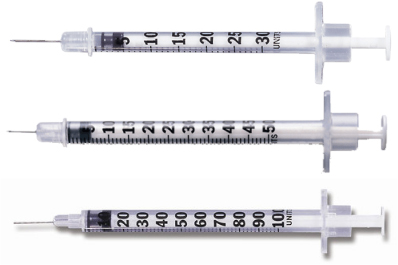
How to Choose Needle Size
Diabetic insulin needles come in three lengths, 3/16-inch, 5/16-inch, and 1/2-inch. Insulin needles also range in diameter (gauge) from 28 to 31. The higher the number, the smaller the diameter. While thinner needles usually cause less pain, they also take longer to insert your dosage.
As for length, needles that are too short may not reach the subcutaneous fat. Many adults prefer 1/2-inch insulin needles for their treatment. Large children often use the 5/16-inch, with small children using the shortest needle.

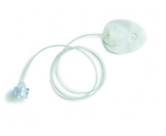
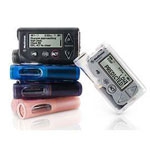
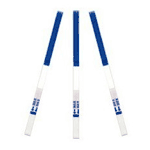
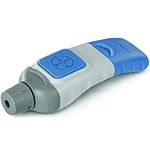
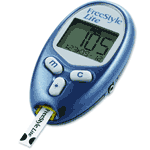
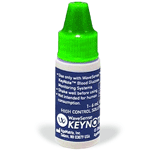
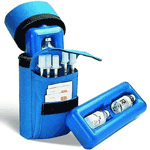
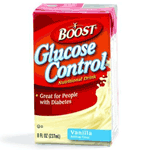
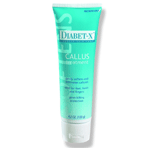
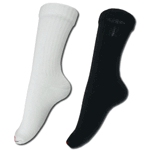
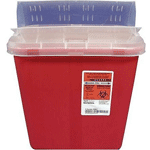

Login and Registration Form